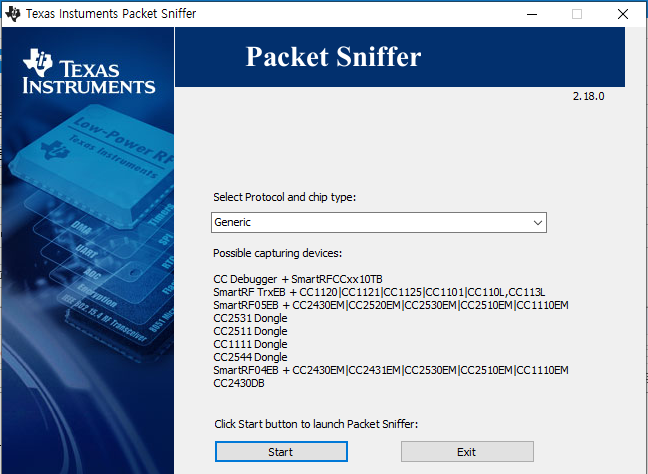Other Parts Discussed in Thread: CC1020,
Hello TI experts,
now my customer is testing their concept with CC1120EVM, there is some problem with communication with CC1020EVM.
in fact they already used CC1020EVM before this development, and now they added CC1020 for their product.
for the first step they tested sniff mode, from CC1020 to CC1120.
1. export the register to *.psr file in SmartRF Studio 7.
2. import *.psr file in Packet Sniffer to set CC1120.
3-1 they tested normal RX mode first, they succeeded and can see data format as above screenshot.
3-2. but when they test sniff mode with all same other settings, they cannot see anything in this window.
is there any settings that I should change when testing sniff mode?
4. and they tested more, if they set the parameter of sync0 / sync1 / sync2 / sync3 to AA all, they can see RX data to CC1120, but they have CRC error.
can you explain more about this Sync word settings? or it will helpful to me if you give me some documents for this.
5. can you explain the setting about "PA Ramping" and "Whitening" in SmartRF Studio as you see the screenshot above?
6. How about Symbol rate? if I want to set data rate to 2.4Kbps, is it right to set Symbol rate to 2.4ksps?
I think there are too many questions in one post. i am sorry about it. please check this issues. Thanks.
Best regards,
Chase





